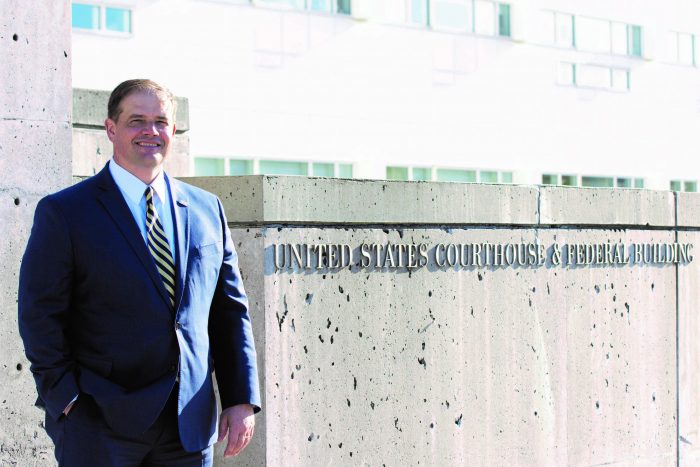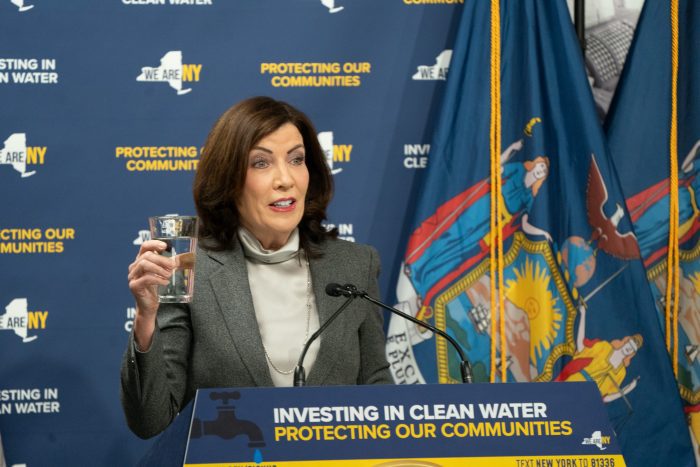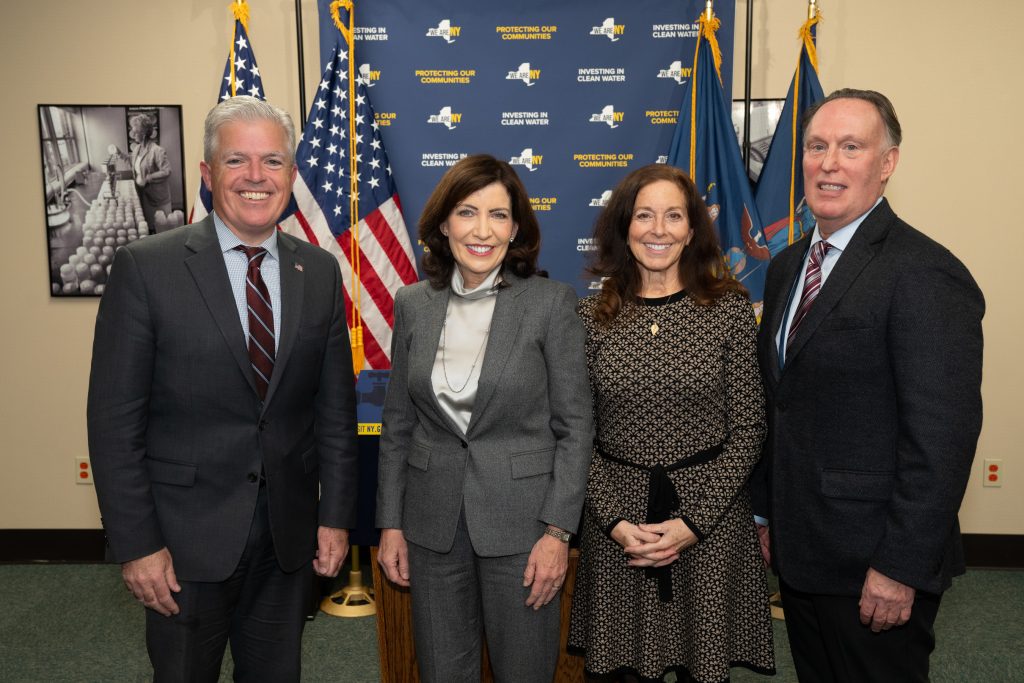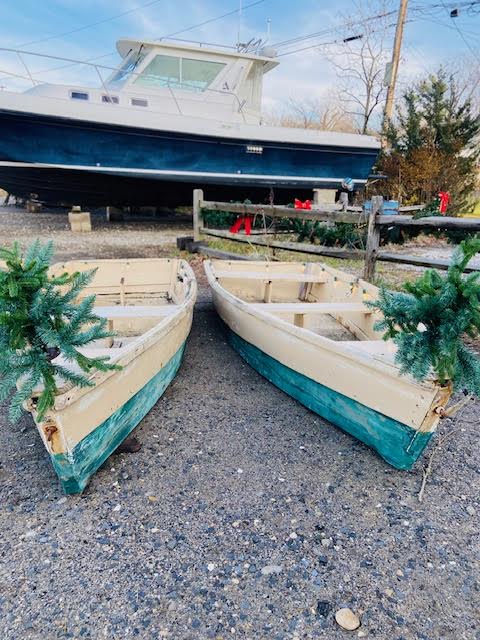By Gavin Scarlatos
Rock salt has long been one of the primary methods used for combating the onslaught of snow and ice during the winter season. Known for its accessibility and cost effectiveness, rock salt impedes ice formation by lowering the freezing temperature of water and is a common deicing agent used both residentially and by transit authorities.
The Town of Brookhaven Highway Department maintains numerous salt storage facilities with a combined rock salt capacity of nearly 25,000 tons. During any given snowstorm, the department sets out to treat its 3,700 lane miles of road with rock salt as a preventive measure against treacherous driving conditions. But the widespread dispersal of the sodium chloride chemical compound can lead to unintended consequences that have a negative effect on our trees and other landscape plants.
“Rock salt dries out and changes the pH of soil, and sometimes it even changes the form of fertilizer, so the plants can’t uptake the right amount of nitrogen and other available micronutrients,” said Nick Bates, Long Island district manager of The Davey Tree Expert Company.
Davey Tree is one of the oldest and largest tree care companies in North America, providing research driven environmental consulting, arboriculture and horticulture services.
“The part of the tree taking in the water from the soil are its fine root hairs,” Bates said. “Rock salt burns the root hairs very easily and dries out the tree’s roots substantially, so the tree won’t be able to pull up water as effectively as before and will dry out or even die off.”
Bates emphasized how this process varies depending on the type of the tree or plant, pointing out how plants growing near the coastline are able to handle the salt intake efficiently while the species of plants located closer to the middle of Long Island are more susceptible to salt damage.
“Arborvitaes and White Pines are most affected by rock salt,” Bates said. “Sometimes they are planted in traffic mediums and along highways. After the roads start getting salted, you’ll see the Arborvitaes turning a brown or yellow color while those planted away from the road will still be a nice, lush, beautiful green.”
Since exposure to rock salt is in some cases inevitable, Bates offered insight on how to best protect trees and other landscape plants against the damaging effects: “There’s quite a few things you can do. The best thing is to maintain the tree’s health in general, providing the tree with extra fertilizers will boost its ability to better handle external stressors. You can also give trees and plants extra water in the late fall before everything starts to freeze. Giving the trees a deep soaking means they’ll have more water in their systems for when the winter starts to dry them out. You can even give trees extra water in the spring as well, to help flush the rock salt out of the soil.”
Bates added a warning. “There’s a fine line,” he said. “You don’t want to keep the plants completely flooded so all of the air in the soil gets pushed out and filled with water. The roots still need to be able to breathe.”
Although traditional rock salt is still the cheapest and most practical deicing agent, there are more environmentally conscious alternatives that better protect plant life. Calcium chloride, while still damaging, does not burn the plants as badly as salt composed of sodium chloride, since it is less potent.
Another approach is to add sand or even sawdust into the rock salt mixture, providing traction in icy conditions while mitigating the impact on vegetation by reducing the amount of salt being used. Also, preparing for rock salt exposure ahead of time by spreading gypsum or lime on soil in the late fall will reduce rock salt’s negative effects on trees and other landscape plants.
“One of the best things to combat the effects of rock salt is to plant the right trees in the right spots. If you live on a main road where a lot of salt gets spread, you could plant trees that are less susceptible to salt damage, and that’ll make your life a lot easier and the trees a lot happier,” Bates said.


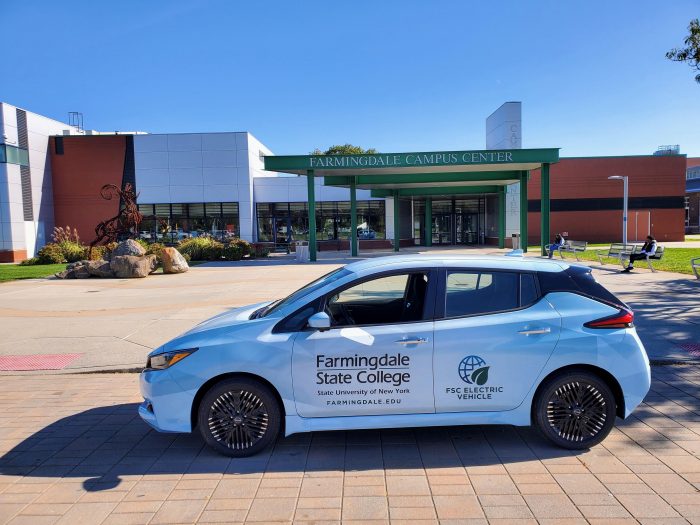


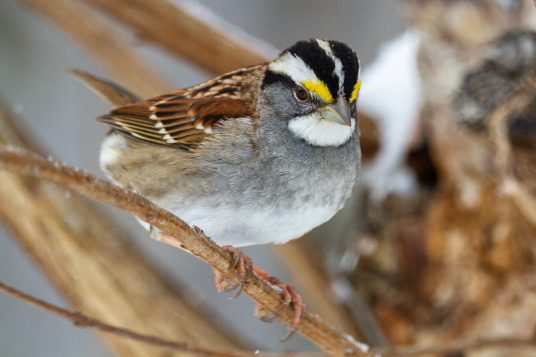
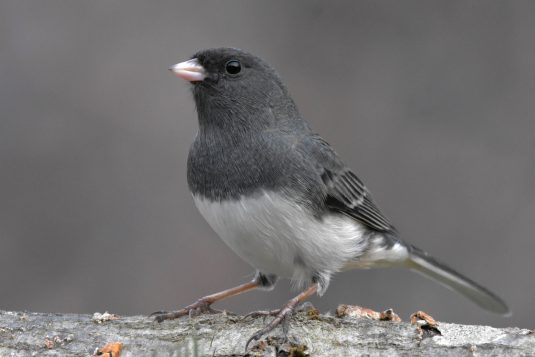
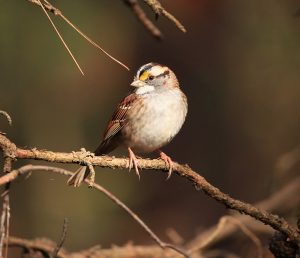
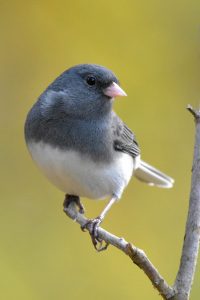
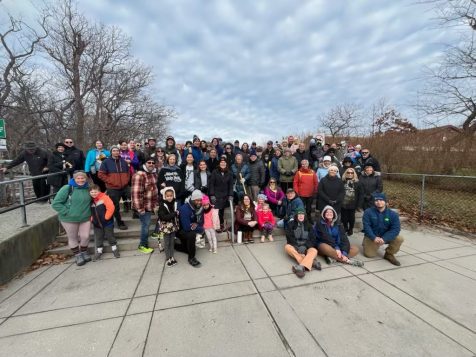
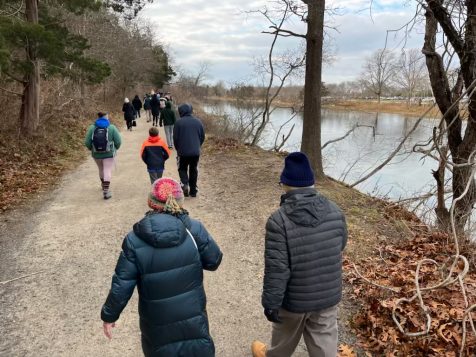
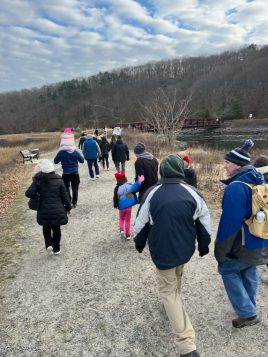
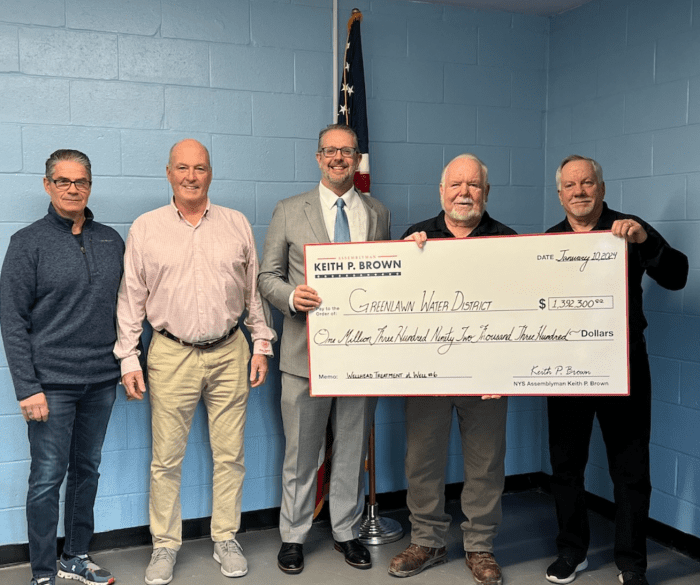

 The concept of rewilding developed in the late 20th century when several conservationists offered a vision of North America, rewilded through the implementation of three “C’s” as guiding principles — cores, connectors, and carnivores. Cores involve the expansion of national parks and other public spaces; connectors involve land protection work to connect these expanded public spaces so wildlife can move between sites to promote genetic health among species through genetic exchange and as a hedge again local extirpation in one area; and, lastly, carnivores means the introduction of predators such as wolves, bears, etc. where possible, recognizing the critical role they play in maintain the health of ecosystems.
The concept of rewilding developed in the late 20th century when several conservationists offered a vision of North America, rewilded through the implementation of three “C’s” as guiding principles — cores, connectors, and carnivores. Cores involve the expansion of national parks and other public spaces; connectors involve land protection work to connect these expanded public spaces so wildlife can move between sites to promote genetic health among species through genetic exchange and as a hedge again local extirpation in one area; and, lastly, carnivores means the introduction of predators such as wolves, bears, etc. where possible, recognizing the critical role they play in maintain the health of ecosystems.